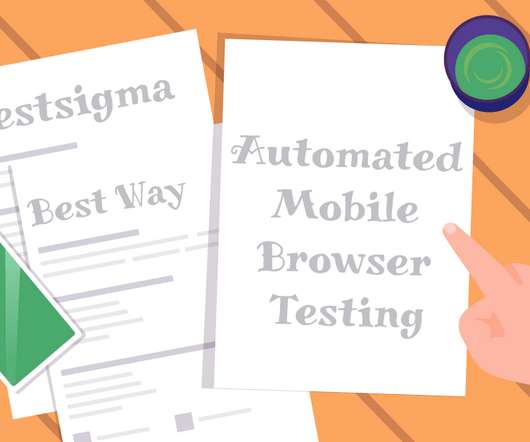SQL Server I/O Basics Chapter #1
SQL Server According to Bob
JANUARY 11, 2020
Microsoft SQL Server I/O Basics Author: Bob Dorr, Microsoft SQL Server Escalation Published: December, 2004 SUMMARY: Learn the I/O requirements for Microsoft SQL Server database file operations.












Let's personalize your content